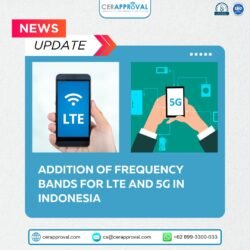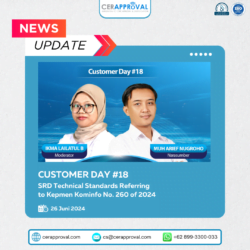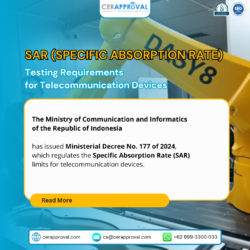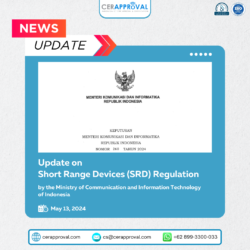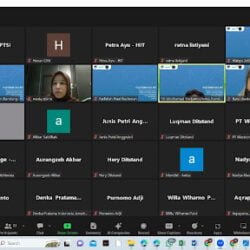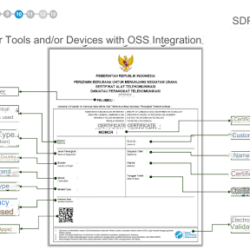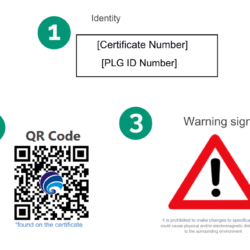New Regulations for Telecommunication Testing Laboratories in Indonesia: PM 5 Tahun 2024
The Indonesian government has officially enforced the Minister of Communication and Informatics Regulation No. 5 of 2024 or PM 5 Tahun 2024 on the Designation of Testing Laboratories for Telecommunication Devices. This regulation took effect on September 18, 2024, and applies to testing laboratories both in Indonesia and abroad that conduct testing for telecommunication devices. Read more about New Regulations for Telecommunication Testing Laboratories in Indonesia: PM 5 Tahun 2024[…]


